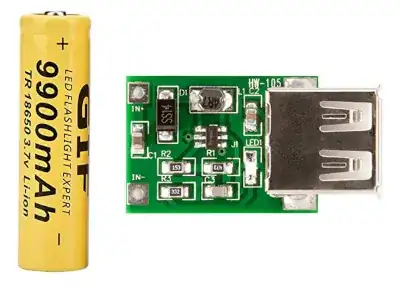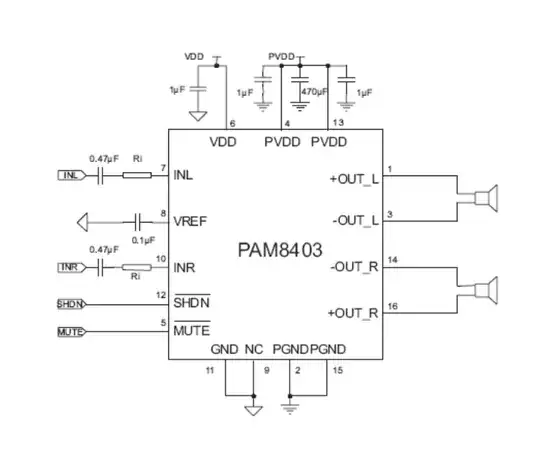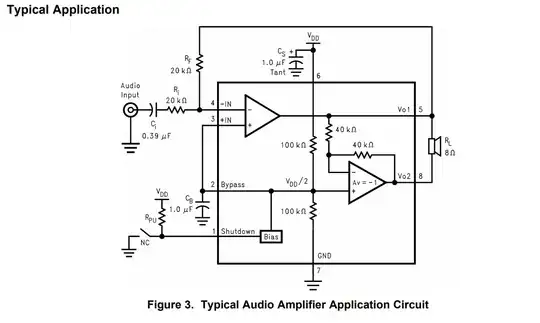I want to use a 5 V square wave generated by an ATTINY85 to drive a 1 W, 8 ohm speaker at 1 W. The project has to be battery powered.
I would like to use a 18650 rechargeable 3.7 V Li-ion battery and a 5 V 600 mA boost converter:
With a simple emitter-follower circuit, it doesn't seem possible to me to achieve the required 2.82 V (RMS) swing.
I considered using an LM386N amplifier, but from the datasheet it seems that the output voltage would not be enough to achieve the required 1 W maximum power.
I am wondering if I have to use more capable boost converter, making the project more complex having other stuff which need to work at 5 V, or if it is possible to do something else.


